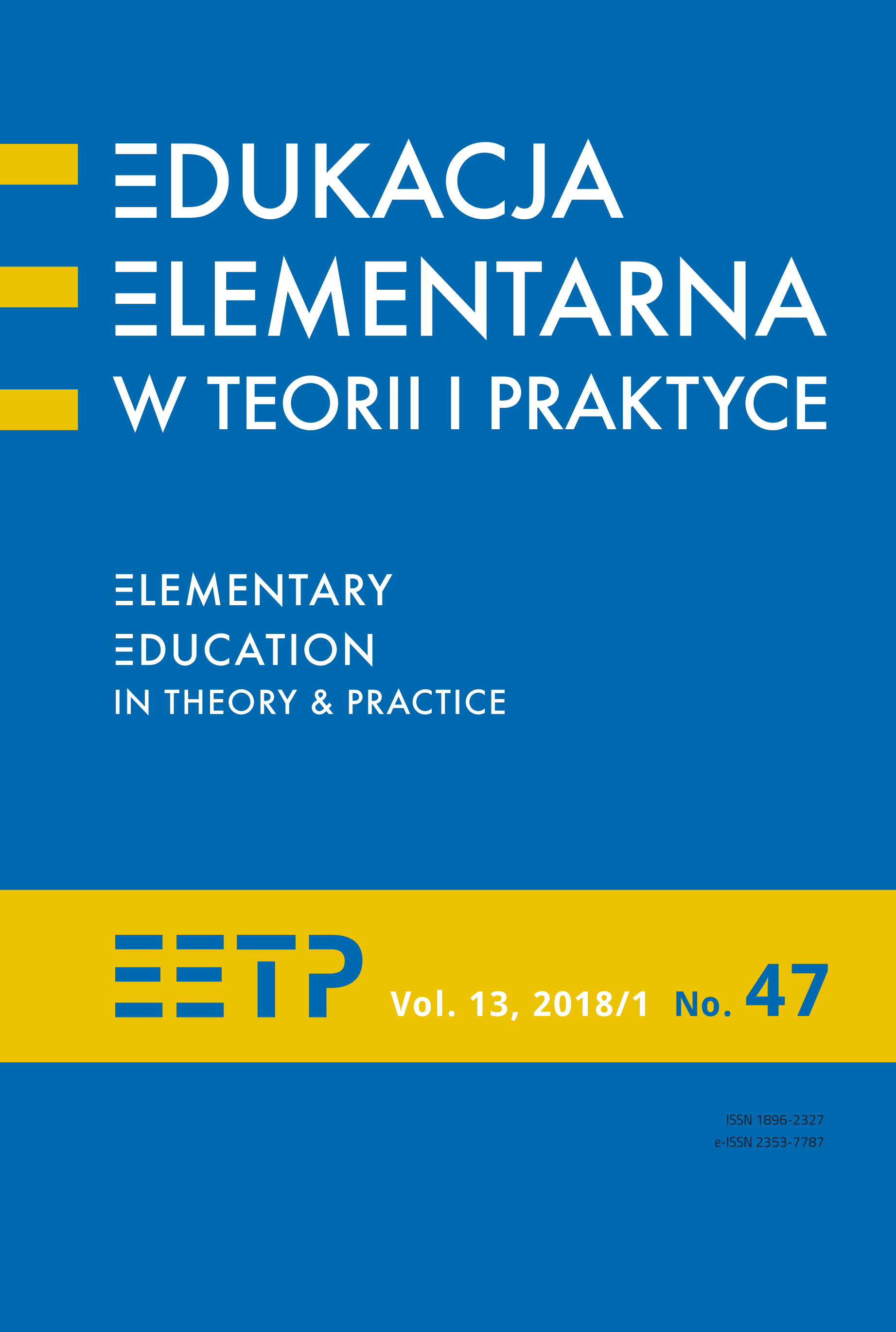Dlaczego w przedszkolach Montessori dzieci pracują, a nie bawią się?
Why do Children in Montessori Kindergartens Work and Not Play?
Author(s): Barbara SurmaSubject(s): Social Sciences, Education, Preschool education
Published by: Uniwersytet Ignatianum w Krakowie
Keywords: play; work; pedagogy of Maria Montessori; preschool child; forms of child’s activity
Summary/Abstract: Play and work are, besides science, two basic forms of human activity. Play is not only the basic form of the activity of a small child, but also the organization of the educational process in a kindergarten. Therefore, the purpose of the article is to answer the question of why Maria Montessori calls a child’s activity work and not play. The explanation of this issue is carried out in two stages. The first is a literature review, on the basis of which the most important issues of the contemporary understanding of the concept of play and work are formulated. The second is an analysis of M. Montessori’s views and comparing them with the assumptions about play and work. The work of a child according to M. Montessori leads to their independence, allowing them to build relationships with others and discover the meaning of their actions, as well as objects in their immediate vicinity. The intention of M. Montessori was to appreciate the child’s actions, which promote holistic and integral development. Her views can be considered as convergent with contemporary concepts in primary education, focusing on subjectivity. She created a well-prepared environment for the child to be able to choose their own activity, termed as work.
Journal: Edukacja Elementarna w Teorii i Praktyce
- Issue Year: 13/2018
- Issue No: 1 (47)
- Page Range: 69-87
- Page Count: 19
- Language: Polish

